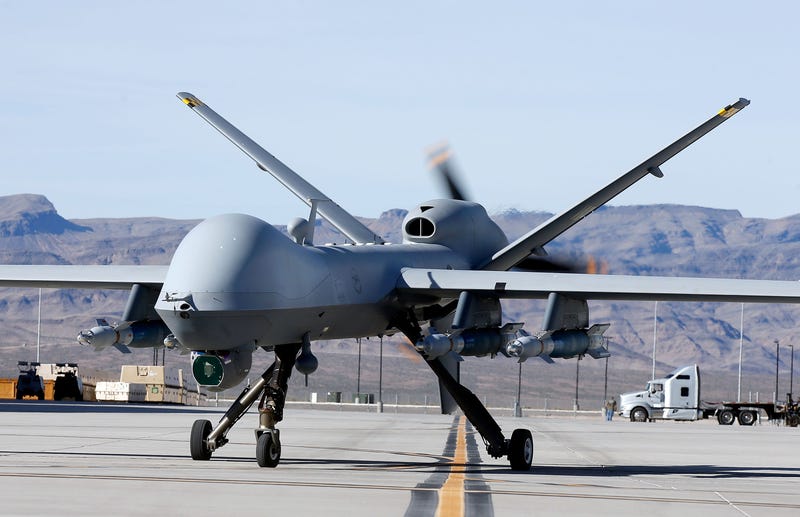
Maj. Joe Ritter is an MQ-9 Reaper pilot for the Air Force flying Remotely Piloted Aircraft (RPA) in the Middle East, Africa, and Europe. He started off flying the RC-135 before shifting over to drones.
Speaking to the Modern Warfare Institute, Ritter relates a story in which he was flying an MQ-9 in Afghanistan to locate an enemy High-Value Individual (HVI) in Kunar Province which was heavily populated by the Taliban, and at that time, also had ISIS moving into the area.
"On this day it was a lot of different orbits to get around the terrain," Ritter said as they used the sensors on the aircraft to probe the ground below. Kunar is known for its especially unforgiving mountainous terrain.
"Suck up your data, see what you can see, and then an analyst is going to turn that data into intelligence," Ritter describes the mission that day. While flying he spotted a Y-shaped intersection where there were built-up fighting positions, small fortified bunkers that dominated the intersection obviously implying a strong Taliban presence.
Ritter's thought was that if he sussed out this position some more, it would eventually lead to him finding the HVI. The conventional unit he was working for wanted him to follow the pre-determined intelligence collection plan.
At that point, he developed his own "collection plan within a collection plan" by scanning the points that he was instructed to but also going back to the Y-shaped intersection every so often to gather more data.
After a few hours, a pickup truck drove up at the intersection. At this point there was a bit of friction between Ritter, flying his drone from Creech Air Force base outside Las Vegas, and the mission controller overall in charge of the operation in Afghanistan.
He spotted six people exiting a building near the intersection, most of them armed with rifles and a PKM machine gun. From there, "it kind of shifts to a kinetic mindset," Ritter said.
After deconfliction to make sure there were no friendly units in the area, Ritter had a phone conversation with an Air Force Jointer Terminal Attack Controller (JTAC) to brief the strike. Ritter's sensor operator for the Reaper adjusted the lens of the drone's camera as best he could, for what would be a challenging shot in difficult terrain. They had to deal with shadows, terrain masking, and even a tree that could get in the way of the strike.
After about an hour, they were ready to take the shot.
They fired a single hellfire missile, that impacted where they wanted it to and took out the armed Taliban members they had spotted. Several days later through additional intelligence reporting, they discovered that the HVI they had been looking for was killed in the strike.
"It speaks to me to not get too pigeon holed into what you think you are going to do," when new opportunities present themselves Ritter explained. "We can be a slave to our process."
The entire interview can be listened to at the Modern Warfare Institute.
Want to get more connected to the stories and resources Connecting Vets has to offer? Click here to sign up for our weekly newsletter.
Reach Jack Murphy: jack@connectingvets.com or @JackMurphyRGR.



